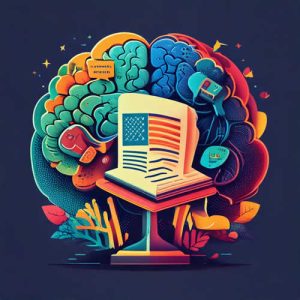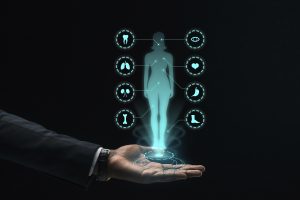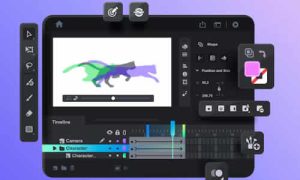The use of chatbots has been growing exponentially in recent years, and this trend shows no signs of slowing down. As companies seek more efficient ways to interact with their customers, chatbots have become essential tools. In this article, we will analyze the key trends that will shape the future of chatbots by 2025.
1. Improvement in Natural Language Understanding
One of the biggest advancements in chatbot technology is natural language processing (NLP). By 2025, chatbots are expected to be better at understanding and processing human language more effectively. This means they will be able to handle more complex conversations and respond to questions more accurately. The integration of more advanced AI models will allow chatbots to understand nuances and contexts, enhancing the user experience.
2. Advanced Personalization
Personalization is crucial for improving customer satisfaction. Future chatbots will utilize user data to provide personalized responses and recommendations. For example, they may remember past interactions and tailor their responses based on user preferences. This capability for personalization will make customers feel valued and understood, strengthening the relationship between the brand and the consumer.
3. Multichannel Integration
By 2025, chatbots will not be limited to a single platform. Multichannel integration will allow users to interact with chatbots across various applications and platforms, such as websites, social media, and messaging apps. This flexibility not only improves accessibility but also enables companies to maintain coherent and effective communication across all channels.
4. Voice Capabilities
Voice recognition technology is on the rise, and chatbots will not fall behind. It is expected that, by 2025, an increasing number of chatbots will be able to interact through voice commands. This will not only facilitate interaction but also attract a broader audience, including those who prefer to communicate this way. The implementation of voice virtual assistants, such as Alexa or Google Assistant, will allow chatbots to integrate even more into users’ daily lives.
5. Proactive Support
Future chatbots will not only respond to user inquiries but will also offer proactive support. This means they will be able to anticipate customers’ needs, providing relevant information before it is requested. For instance, if a user is browsing an e-commerce site, a chatbot could offer assistance or suggestions based on the customer’s browsing behavior. This type of interaction will not only enhance the user experience but may also increase conversion rates.
6. Machine Learning and Continuous Improvement
The integration of machine learning in chatbots will allow these tools to become smarter over time. As they interact with more users, they will learn from these experiences and improve their ability to handle inquiries. This continuous improvement approach will ensure that chatbots remain relevant and efficient, adapting to the ever-changing expectations of customers.
A Promising Horizon
The future of chatbots is bright, and the trends we are observing today will lay the groundwork for a richer and more satisfying user experience by 2025. With advancements in natural language understanding, personalization, multichannel integration, and proactive support, chatbots will become indispensable allies for both businesses and consumers.
















